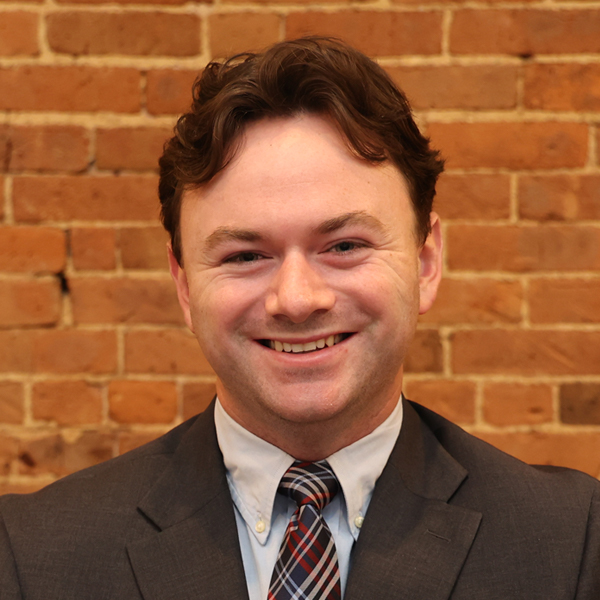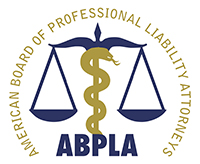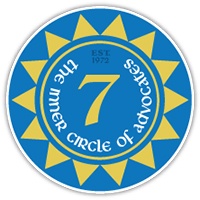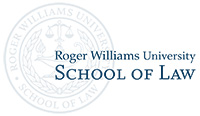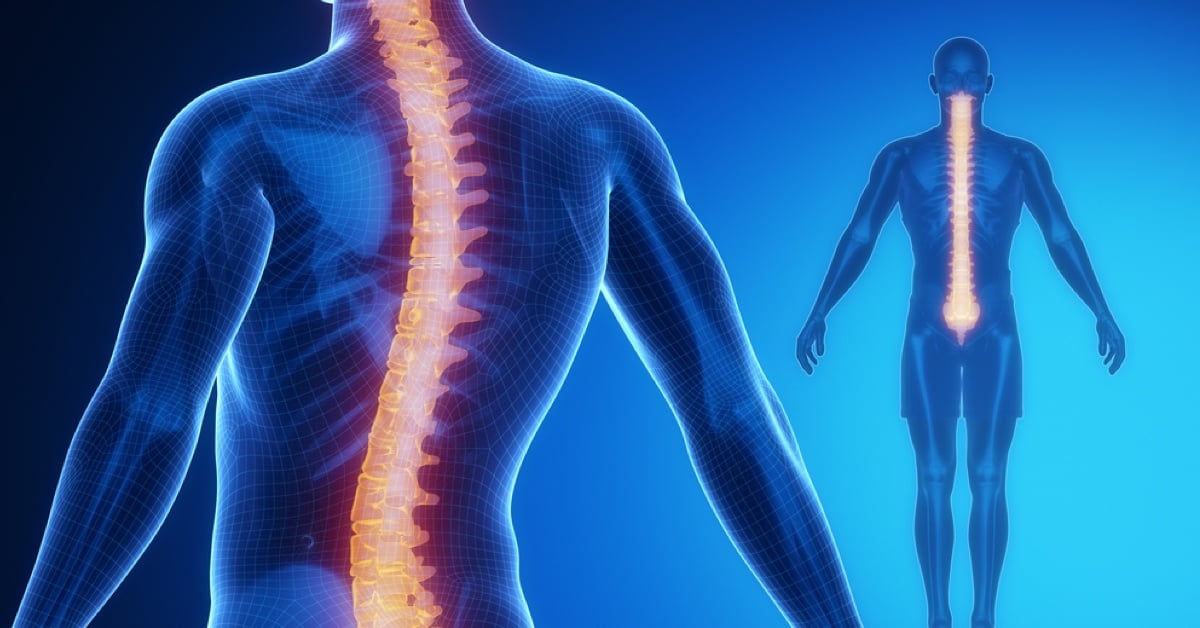
What Happens if Your Spinal Cord is Damaged?
What is the Spinal Cord?
Your spinal cord is the lifeline of the body. It is a collection of 31 pairs of nerves that connect all of your vital organs, muscles, and limbs to your brain. These nerves tell your muscles when to move, they feel pain and temperature, and they even control how fast your heart beats.
It is protected by the spinal canal, which is surrounded by vertebrae (also known as your backbone). These vertebrae are divided into three specific sections: cervical vertebrae, thoracic vertebrae, and lumbar vertebrae. Each section controls differing parts of the human body.
What is a Spinal Cord Injury?
When there is a traumatic event, the nerves of the spinal cord can become damaged, compressed, lacerated, or even severed completely. The spinal cord does not have the ability to repair itself if it’s damaged. As such, any damage done to the spinal cord is permanent.
When your spinal cord is damaged, you may suffer from a wide range of impairments. The degree of impairment depends specifically on the severity of the injury and the location of the injury.
Spinal cord injuries are typically categorized as either complete or incomplete. In a complete spinal cord injury, all feeling and movement are lost below the spinal cord injury. In an incomplete spinal cord injury, there is some remaining function below the level of the injury. In most cases, both sides of the body are affected equally.
Injuries to the upper portion of the spinal cord (the cervical vertebrae) can cause quadriplegia. Quadriplegia is paralysis, either partial or complete, of both arms and both legs. Injuries to the lower portion of the spinal cord will result in either partial or complete impairment of just the lower half of the body. This is known as paraplegia.
After the initial spinal cord injury, the body may need some time to heal from other injuries. It also takes time for the inflammation to decrease. As such, the full extent of damage is not fully realized at first. Spinal cord injury victims may find some of their mobility returning over the next few months or even years. Doctors and medical experts agree, however, that if mobility or sensation has not returned after two years, the remaining impairment and damage is likely permanent.
Patients living with spinal cord injuries often develop secondary conditions. Those secondary conditions must be managed efficiently through a network of qualified and experienced medical professionals, therapists, and experts.
Long Term Prognosis for Recovery After a Spinal Cord Injury
The majority of spinal cord recovery occurs in the first six months to a year after the accident. Any remaining loss of function that occurs after two years is considered to be permanent impairment.
Although the use of assistive devices may allow people with severe spinal cord injuries to integrate into society, many spinal cord injury survivors still feel isolated and burdensome to their family members and caregivers. People with severe spinal cord injuries need lifelong medical and attendant care and therapy to maintain their quality of life.
Contact Our Providence Spinal Cord Injury Lawyers Today
If you or someone you love has suffered a spinal cord injury as a result of an accident or due to negligence, our law firm can help. At Mandell, Boisclair & Mandell, Ltd, our Providence spinal cord injury lawyers know that spinal cord injuries require extensive rehabilitation and care. Many spinal cord injury survivors’ lives are never the same. Call us today at (401) 273-8330 or fill out our confidential contact form for a free initial consultation and review of your case to determine whether you may be entitled to compensation for the medical expenses, rehabilitation, and long term care and pain and suffering. Call today.









